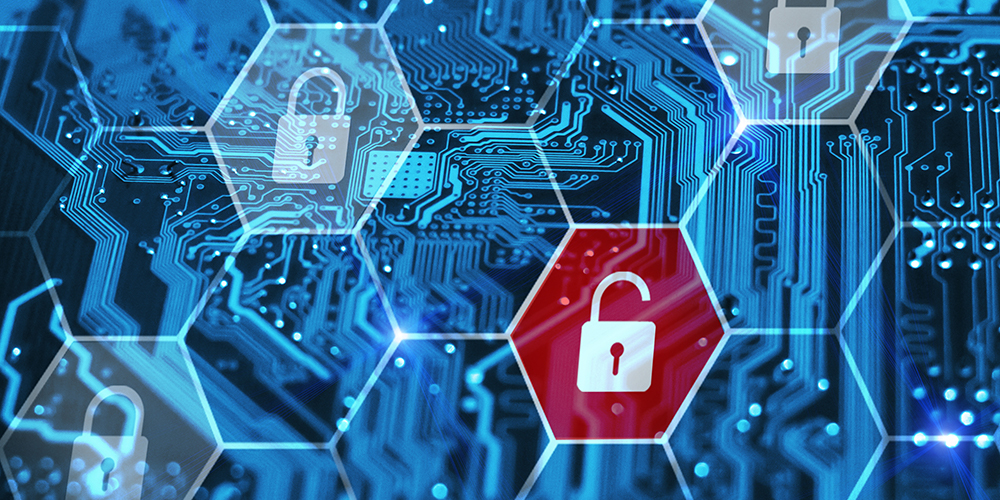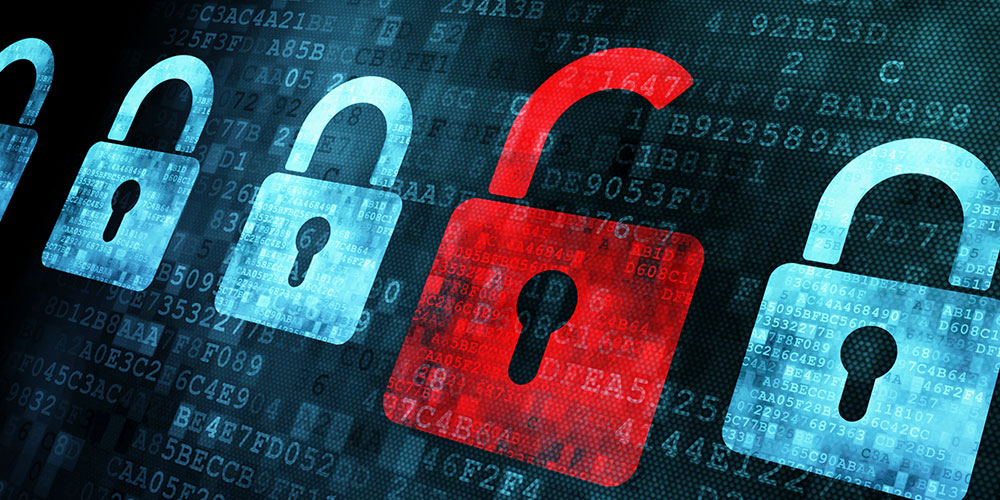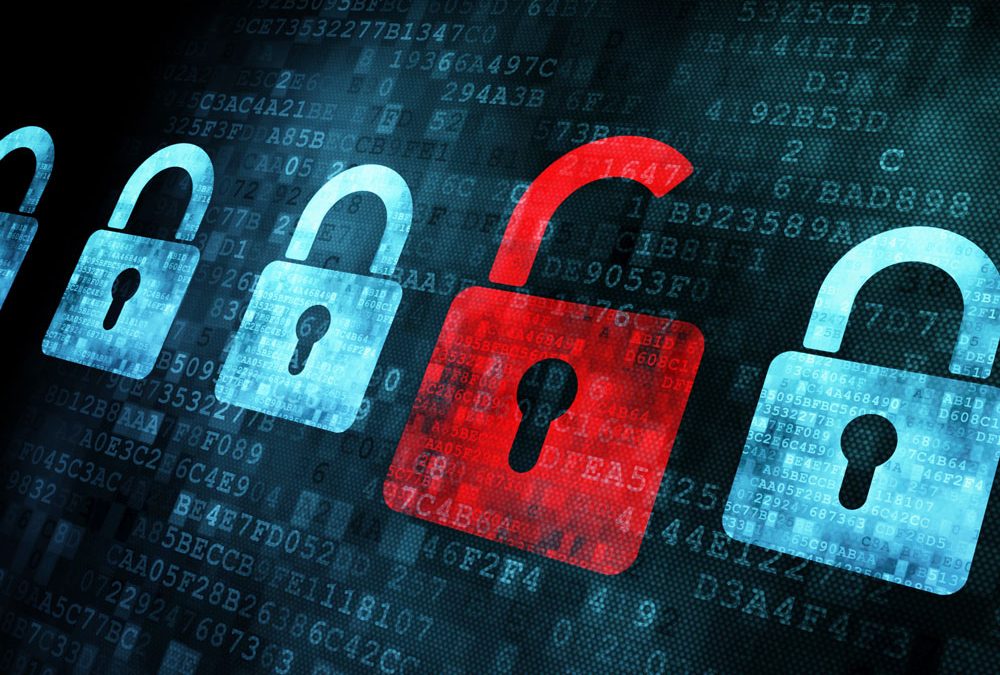
Mar 9, 2023 | SMB Technology, SMB Technology, SMB Technology, SMB Technology, Technology News
How do you know how strong, secure and flexible your company’s IT network is? Does network traffic move along seamlessly, or get bogged down by insufficient bandwidth or other bottlenecks? Even more important, can you count on your network to keep your data secure, safe from attack or compromise? Read on to learn more about assessing the health of your network by answering these and other questions. The Marks of Network Health A healthy network has enough bandwidth to handle traffic from mission-critical business activities, the flexibility to provide failover for seamless operation and the security to protect data and applications from compromise. Your network is the backbone of your IT infrastructure, and digital transformation, data protection, cloud computing, communication and collaboration applications all depend upon a strong network to function at their best. Performing an Audit of Your Network Has it been a while since you’ve assessed your network’s health? An audit is a good place to start. The gathering, analysis and study of network data can show where weak spots lie, whether they’re bottlenecks that traffic can’t clear, or spots in the network that aren’t secure. Operating system patches can be applied, and any versions of anti-virus and anti-malware definitions updated. With a clear idea of your network’s strength and security, it’s easy to know what to fix. Consider the Human Element of Network Security Technological tools aren’t all that’s needed to safeguard your network. Your workers also play a vital role. If they manage their passwords well by establishing hard-to-guess ones at the start and changing them periodically, they can...

May 17, 2021 | SMB Technology, SMB Technology, SMB Technology, SMB Technology, Technology News
Late last year, as well as more recently, two major cyber attacks occurred–one at SolarWinds via their software platform in December of 2020, and one at Colonial Pipeline just this month. These attacks are even more serious than one performed by a lone attacker, and signal how vulnerable networks can be. Not only do businesses need to use tools to protect their own computer networks, but to share information with other companies. Read on to learn how your company can protect itself against cyber attacks. Recent Cyber Attacks a Wake-up Call Last December, IT management company SolarWinds was attacked by hackers who inserted malicious code in what seemed a normal software update. What’s ironic is that the very platform used to monitor threats, was the one targeted. The bad code allowed the perpetrators to hack numerous government agencies and private companies, possibly stealing untold amounts of data. The company’s platform was used in this sophisticated attack, and the software update was downloaded by some 300,000 users. Through the download, the perpetrator was able to penetrate deep into companies’ and agencies’ networks. More recently, Colonial Pipeline was targeted in a potential attack on electrical supply to the East Coast via the gas pipeline. While investigations are still underway in each incident, foreign state actors are thought to be responsible. Both these attacks show how vulnerable companies can be. Could there have been a way to prevent the attacks, to see them coming? In spite of all the precautions companies take to shield their networks, cyberattacks seem almost inevitable. Ways to Protect Your Company Against Ransomware Of...

Jan 17, 2019 | SMB Technology, SMB Technology, SMB Technology, SMB Technology, Technology News
According to a recent CompTIA report, even though people know what to do to avoid security breaches, they don’t always put this knowledge into practice. Employees can, however, take advantage of cybersecurity training in the workplace, learn to change passwords frequently, and implement other safeguards. How to Identify a Phishing Scheme The mouse arrow can be pointed at a suspected link exposing information you can use to identify an untrusted source. Another clue to be on the lookout for is a misspelling in the ‘reply to’ email address of the email. Third, hackers may use attachments that appear to be trusted (e.g., .txt or .doc) to try to get personal information. Inspect the extension of the attachment to ensure they do not include “.exe” as this may launch a cyber attack as an executable program. Be Aware of Spear Phishing Spear Phishing is a form of social engineering designed to get you and your employees to divulge specific privacy information by using relevant and trusted information to influence your behavior. This could include banking, vendor, customer or other familiar information to trick you into providing account, password and other privacy data. Similar to phishing, these same clues can be a help in avoiding “spear phishing” attacks. You may also consider reaching out to customers, vendors or employees to authenticate an email’s source before taking action. Monitor Your Network and Use Security Information and Event Management Technology to Cyber Attacks There are many options to monitor your network for intrusions. Network monitoring can identify unauthorized access, unauthorized network login attempts, unexpected network traffic in terms of volume or time of...

Mar 13, 2018 | SMB Technology, SMB Technology, SMB Technology, SMB Technology, Technology News
A network is only as strong as its weakest link, and if that weakest link is your security, that can compromise the revenue and the reputation of your business. Attacks just from ransomware have increased over the years, by 200% between 2015 and 2016 alone. There are three fronts to consider: identify the hazards, use technical tools to protect your network, and educate your employees on cybersecurity. Read on to find out more about how to protect yourself. Know the Hazards of Malware and Phishing Schemes With so many businesses finding it necessary to gather, store and monetize customer data, this is an area of vulnerability. Malicious software, or “malware,” can take various forms, from worms and viruses to ransomware, which can hold your data hostage. Some types can simply make your system run more slowly, and some can steal or destroy data. Phishing schemes are designed to steal private data simply by an unwary recipient clicking a link. Technical tools are part of the protection plan. Fight Cyber Attacks with Technology There are plenty of technical tools and applications to keep your system safe. Firewalls and SPAM filters can keep unwanted network communications from coming in and going out. Anti-virus and anti-malware applications keep harmful worms, viruses and other malicious software from infiltrating your network. Be sure also to keep your antivirus and anti-malware programs up-to-date, to guard against the latest threats. Network monitoring can help stop attacks before they start, and operating system patches can fill in any security holes in the network. Along with these tools, be sure to train your employees to recognize security hazards....

Feb 13, 2018 | SMB Technology, SMB Technology, SMB Technology, SMB Technology, Technology News
Your network is under continuous pressure to keep up with the growth of your business. Broadband networks providing instant connectivity are a core requirement for most businesses. Your network needs to provide fast access to Cloud Services including Email, Online Backup, Unified Communications, Call Center and other applications. Business systems will be expected to be constantly accessible by customers and employees alike, and your network needs to be ready for this demand. Not only does your network need to be efficient and flexible, it needs to be secure. Consider SD-WAN for Efficiency and Flexibility Software-Defined Wide Area Network (SD-WAN) technology, which has been a recently emerging technology, is expected to become common in the next few years. Research firm IDC expects this technology to grow by 69% by 2021. Revenue from this technology is expected to reach $2.3 billion in 2018 alone. Companies pursuing SD-WAN can mix and match networking solutions to get the most efficient and effective wide area connectivity. Customers and employees have constant access to the Internet. With this access, however, monitoring and network security are vital. The Role of Network Monitoring and Security To have your network ready for business, it needs to be safe and secure. Not only does the network need constant monitoring, industry standards require rigorous compliance. For instance, online retailers need to keep their customers’ credit card information secure. Hospitals and doctors’ offices are required to comply with HIPAA. Even if your business is headquartered in the United States, you may need to comply with General Protection Data Regulation (GDPR). Endpoint security concerns include keeping anti-virus and anti-malware protections up-to-date. Employees...






